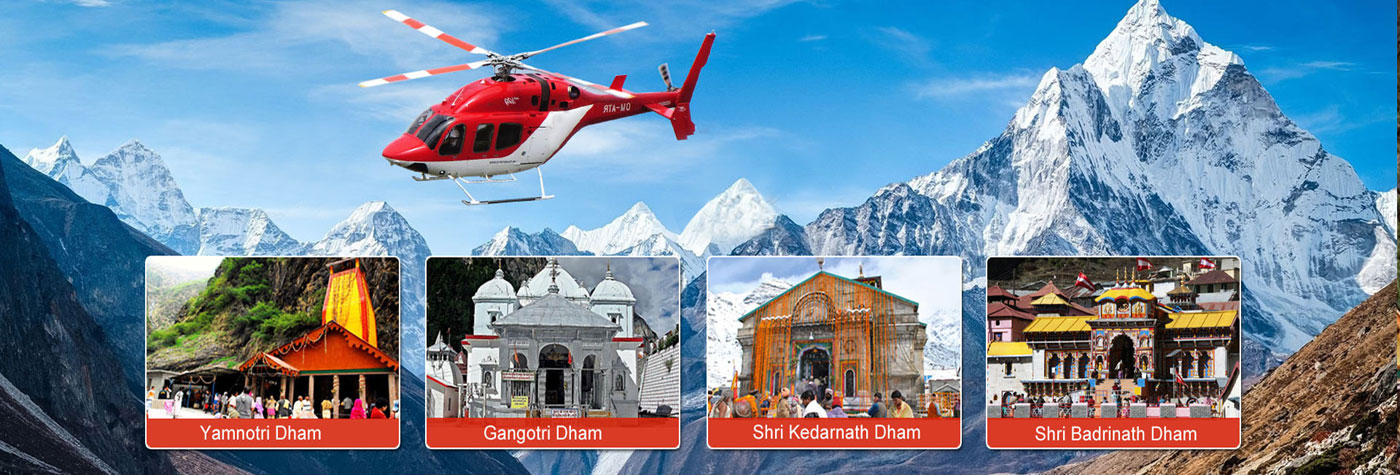Gangotri
Gangotri is the main religious places among the four Char Dham pilgrimage circuit, situated in Uttarkashi, is closely related to Goddess Ganga, the river that we know as Ganges. One of the main religious places among the four Char Dham pilgrimage areas, Gangotri, situated in Uttarkashi, is closely related to Goddess Ganga, the river that we know as Ganges. The history of Gangotri dates back to centuries when Goddess Ganga transformed herself into a river to dissolve the sins of King Bhagirath’s forefathers, following his penance. In order to reduce the impact of her fall, Lord Shiva gathered Ganga into his matted locks and has ever since been associated with Goddess Ganga. Gangotri is a popular pilgrim place in India and tourists should not miss booking Nainital packages when holidaying here.
The Gangotri Temple was built by a Gorkha Commander in the early years of the 18th century. This temple stands at an altitude of 3042m and emits a highly pious aura. Religious rituals are in full swing in the Gangotri temple with the Arti ceremony performed by the pujaris of the Semwal family.
The river Ganga originates from the Gangotri glacier and is known as Bhagirathi. The name Ganga picks up later on after the river passes Devaprayag and merges into the river Alaknanda.
Just the perfect destination to breath in a serene and pious atmosphere, Gangotri has the charm to attract people from all over. The striking presence of the snow-clad mountains in the vicinity and the pure crystal clear water of the Ganges flowing around add to the sanctity of the place. One feels close to God in the high altitude of Gangotri. Vegan food dominates the culture and is available in the local food joints or dhabas. Non-vegetarian food and alcoholic drinks are a strict no-no.
Best Season / Best Time to Visit Gangotri
The best time to visit the holy city of Gangotri is from April to June and September to November.
Winter (November to March) is freezing cold with heavy snowfall which can disrupt your journey.
Summer (April to May) is very pleasant with observed maximum never crossing 30°C and can get very cold at night. This is the best season for pilgrimage and sightseeing trips.
Monsoon (late July - August) is accompanied by very heavy rainfall that makes it difficult to reach the temple
The mystical hill station of Gangotri is famous for the Shivalinga, which lies submerged in river Gangotri, during summer and visible only when winter comes. The temple is open from last week of April to second week of November. Snowfall can be enjoyed during winters, especially from end of November till mid of March.
 +91 9799050299
+91 9799050299 

